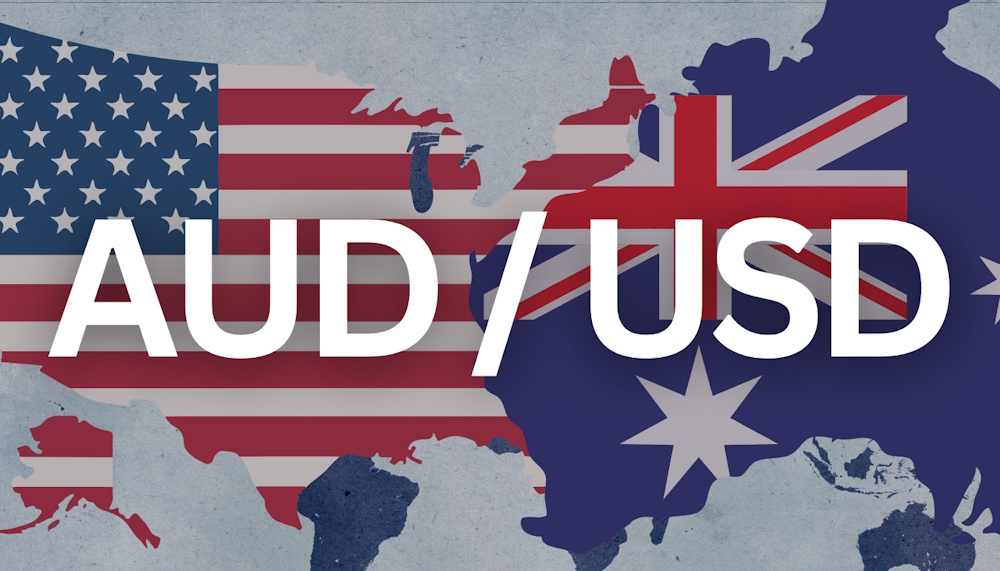Investor sentiment towards risk stayed strong on Wednesday as the US House geared up to vote on concluding the longest government shutdown in American history. As we reach the 43rd day, a favorable vote would enable government agencies to start disseminating a significant backlog of economic data in the upcoming weeks — data that is crucial for Fed policymakers and traders aiming to assess the central bank’s forthcoming actions. Raphael Bostic has announced his retirement at the end of his term, joining Adriana Kugler, who departed in August. This change paves the way for pro-Trump economist Stephen Miran, known for his strong support of significantly lower rates and increased presidential influence over Federal Reserve decisions. At this stage, it is premature to speculate on a potential successor to Bostic; however, I find it highly unlikely that the individual will be affiliated with the Democratic Party. The Swiss franc demonstrated strength as the leading major currency for the second consecutive session, influenced by Trump’s remarks regarding a trade agreement with Switzerland.
The Australian dollar maintained its position during a moderate risk-on session in anticipation of today’s employment data and may further increase if the report indicates robust job growth alongside stable unemployment rates. Market participants will closely monitor a significant release of UK economic data alongside US inflation metrics to assess projections for the Bank of England and the Federal Reserve. The Australian dollar concluded the trading session at a seven-day peak, having solidified support near its 100-day EMA and the September closing level. My outlook continues to favor an increase in AUD/USD towards 0.6600, with the 0.6562 swing high and October VPOC at 0.6593 also acting as significant interim targets for bullish traders.
The one-hour chart indicates a volatile but positive uptrend developing from the recent consolidation phase. The outlook remains positive as long as prices hold above Tuesday’s low at 0.6515. Additionally, the nearby high-volume node may provide support if there is a pullback prior to the next upward movement towards 0.66. The employment report from Australia stands as the key focus for traders of AUD/USD. The Reserve Bank of Australia has dispelled any expectations of a rate cut this year, projecting only a single reduction in 2026, attributing this stance to ongoing inflationary pressures despite an increase in unemployment rates. However, it is possible that policymakers will need to reevaluate their strategies if unemployment increases by another 0.2 percentage points — similar to the rise observed in August.
Observers of the Bank of England will be paying close attention to today’s release of UK data, which encompasses Q3 GDP, industrial production, manufacturing output, construction, and trade figures. The BoE maintained its rates at 4% during its most recent meeting, resulting in a close 5–4 vote supporting the decision to keep them unchanged. Unless the data indicates an urgent requirement for easing, it may strengthen the British pound and facilitate an additional upward movement in GBP/USD in the short term. Focus is now directed towards upcoming US events, which include a speech from FOMC member Bostic, alongside the release of CPI and jobless claims data. Any indication of dovishness or softness in the labor or inflation figures may lead traders to anticipate additional Fed rate cuts, thereby offering further support for GBP/USD and AUD/USD.

